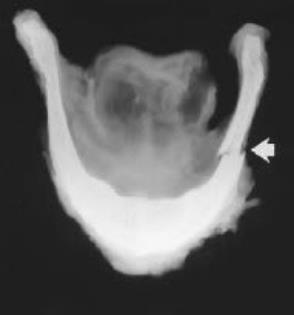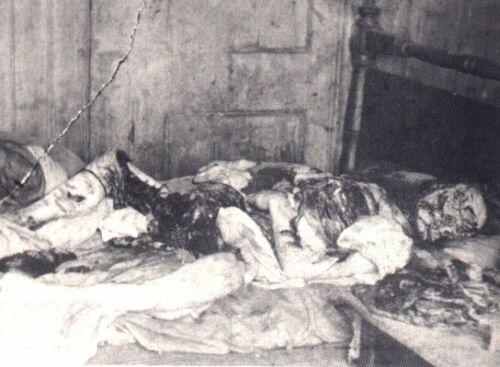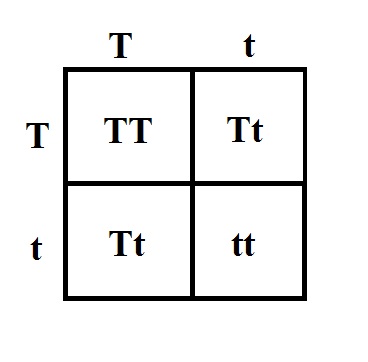First we have a well known modern serial killers, Theodore Robert Cowell, otherwise known as Ted Bundy. He used his charm and good looks to lure women to him, but most of his victims were obtained by abduction. Once he had them he would rape them and continue by murdering them by strangulation. He would also not only engage in the taboo of cannibalism, but he would also engage in necrophilia before and even after dumping the bodies. But how does the body tell us how they died? Well, with strangulation there are two many ways of finding out if this was the cause of death. The first way is to see if there is discolouration. This discolouration either can be bruising or ecchymosis (internal bleeding). Although this alone cannot make a case if the material that was used to strangle was not the hand. When the hand is used strangulation requires much strength and for an extended period of time. Once the body has stopped moving this just means they have lost consciousness, it does not mean they are dead. To fully stop the flow of blood and air, it requires a few minutes, not seconds. With all this force to the neck the second way to know if strangulation was the cause of death is the fracture of the larynx (voice box) or a horseshoe shaped bone, the hyoid (image below of one fractured). Ted Bundy's victims were numbered 14+.
Please feel free to comment on what you thought of the blog, or other physical anthropological subjects you would like me to cover.








 RSS Feed
RSS Feed
